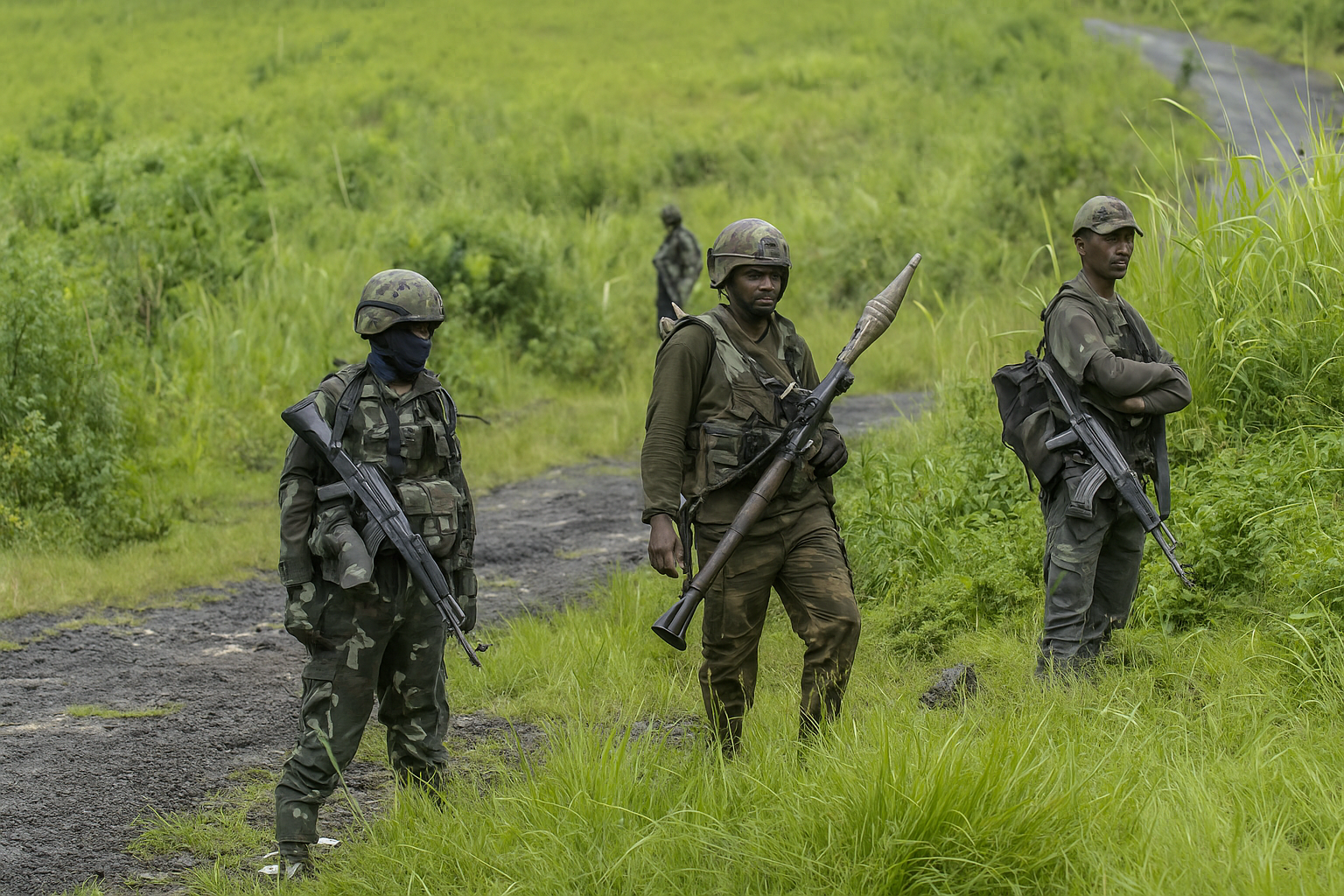



.png)
.png)
Copyright infringement not intended
Picture Courtesy: https://frontline.thehindu.com/world-affairs/how-the-india-middle-east-europe-economic-corridor-opens-up-a-passage-of-possibilities/article67344064.ece
Context: The ongoing crisis in the Red Sea has exposed vulnerabilities in global supply chains, highlighting the need for alternative trade routes. This has brought renewed focus to the India-Middle East-Europe Economic Corridor (IMEC), a proposed economic corridor connecting India, the Middle East, and Europe.
Details
India's Vulnerability
China's Alternative Projection
India-Middle East-Europe Economic Corridor (IMEC)
|
India-Middle East-Europe Economic Corridor (IMEC) |
|
|
Key Points |
Detailed Explanation |
|
Concept |
The IMEC envisions the creation of a seamless, integrated trade network connecting India, the Middle East, and Europe. It primarily involves developing a combination of sea routes, rail networks, and road infrastructure to facilitate faster and more cost-effective movement of goods. The plan may include the installation of data cables, electricity cables, and hydrogen pipelines to further enhance connectivity. |
|
Goals |
Transit Time Reduction: Reduce the transit time for trade between India and Europe by up to 40% compared to the existing Red Sea route. Cost Savings: Reduce transportation and logistics costs by approximately 30%. Economic Growth: Boost trade, investment, and overall economic cooperation between the participating regions. Strategic Alternative: Offer a viable alternative to the Chinese Belt and Road Initiative (BRI), expanding trade route options and diversifying supply chains. |
|
Challenges |
Nascent State: The project remains largely in its planning phase, with Memorandums of Understanding (MoUs) signed but limited concrete investments or operational infrastructure in place. Regional Volatility: Political tensions, particularly the Israel-Palestine conflict, hinder cooperation between essential nations involved in the corridor. Strait of Hormuz Risk: The IMEC's reliance on this potentially volatile strait, controlled by Iran, poses a significant threat of trade disruptions. BRI Competition: The well-established and operational Belt and Road Initiative presents strong competition, with existing infrastructure and trade links. |
|
Opportunities |
Efficiency Gains: The potential to significantly lower costs, streamline logistics, and optimize transit times can revitalize trade. Supply Chain Resilience: The IMEC could provide a much-needed alternative to the traditional Red Sea and Suez Canal routes, reducing dependence on vulnerable chokepoints and improving supply chain security. Regional Cooperation: The corridor presents an opportunity to foster greater economic integration, strengthen trade partnerships, and increase political collaborations between India, the Middle East, and Europe. |
Making IMEC Viable
Conclusion
Must Read Articles:
India-Middle East-Europe Economic Corridor (IMEC): https://www.iasgyan.in/daily-current-affairs/india-middle-east-europe-mega-economic-corridor
Red Sea: https://www.iasgyan.in/daily-current-affairs/red-sea-2
RED SEA ATTACKS AND PANAMA CANAL CRISIS: https://www.iasgyan.in/daily-current-affairs/red-sea-attacks-and-panama-canal-crisis#:~:text=The%20disruption%20at%20the%20Red,interest%20rates%20to%20curb%20inflation.
|
PRACTICE QUESTION Q. How can the India-Middle East-Europe Economic Corridor (IMEC) navigate the complex geopolitical landscape of the Middle East? Can economic cooperation transcend existing political divides, or will these tensions derail the project? |


© 2025 iasgyan. All right reserved